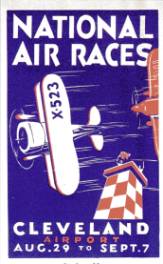Aerial racing in the United States began in 1910, when Glenn Curtiss and Louis Paulhan won races in Los Angeles.
Paulhan also won the notoriously difficult London-to-Manchester race.
Newcomer Claude Grahame-White won the Gordon-Bennett race on Long Island in late 1910.
Related Article – 5 Best Low Time Pilot Jobs With 250 Hours
In Europe, a number of aerial races gave Andre Beaumont the opportunity to race against Roland Garros.
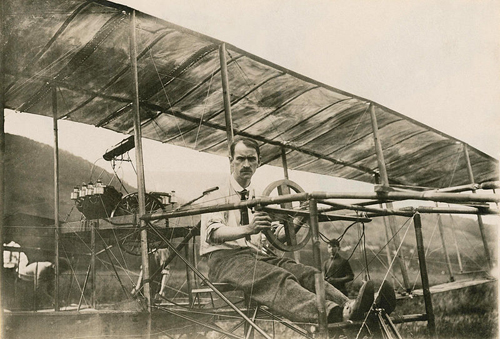
Garros won aerial races in Monaco in 1914 and then became the first person to fly across the Mediterranean.
World War I put a hold on aerial racing in Europe.
In the United States, the Wrights Brothers sued anyone who appeared to infringe on any of their patents.
After the war, however, the huge popularity of the Pulitzer Trophy races in 1920 showed that aerial racing was still very much in demand.

Corliss C. Mosley ended up edging out a crowded field of 37 racers in his Verville-Packard biplane.
It was Billy Mitchell who convinced the U.S. military that aerial racing automatically led to improvements in aviation as racers tried out new airplane designs and new flying techniques.
With the Army’s and Navy’s support, aerial racing grew even more in popularity.
Related Article – Instrument Proficiency Check (IPC): 4 Things You Need To Know
Eventually, the races were grouped under the name National Air Congress, which was later changed to National Air Races.
The airplane manufacturer Curtiss profited from the races, especially because Army and Navy pilots preferred Curtiss racing planes.
Pilots’ feedback led to airplane design innovations, which in turn meant Curtiss planes were competitive in even bigger competitions, like the Schneider Cup.
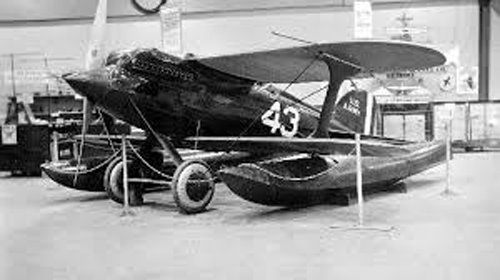
Cyrus Bettis won the Pulitzer race in 1924 in a Curtiss R3C-2, and Jimmy Doolittle won the Schneider Cup in the same plane a year later.
Aerial racers often became household names.
Starting in 1929, the Thompson Trophy became the most important racing event. The race was open to all aircraft.
The first Thompson Trophy was won by Douglas Davis, who flew a Travel Air plane with a Whirlwind engine, which had been thought to be too big for a racing plane.
Benjamin O. Howard made his racing debut at the 1930 Thompson Trophy race.
He was an airmail pilot who built his own planes.
Other flying legends who made their name in the early 1930s were Wiley Post, Speed Holman, and Frank Hawks.
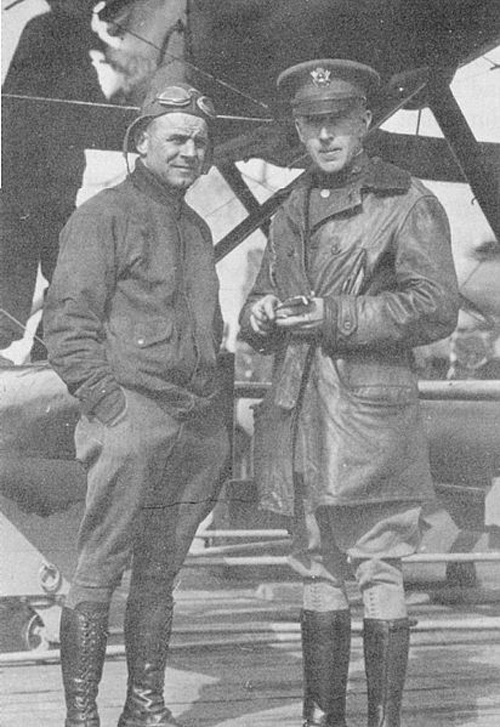
In 1931, the world was introduced to the Gee Bee plane.
It was designed by Bob Hall, who had no experience with racing planes.
Related Article – Airline Transport Pilot Certificate (ATP): 4 Things You Need To Know
Consequently, the plane looked extremely unusual.
Despite its initial racing success, the Gee Bee proved to be very unstable, and every one of them ultimately crashed.
Manufacture of the Gee Bee was stopped in 1934.
Also in 1931, the Bendix Trophy became the fourth major aviation race, after the Thompson, Pulitzer, and Schneider Cup.
The Bendix was a cross-country race.
It was especially important to the aviation industry because it served as proof that planes could reliably transport passengers and goods across the United States.
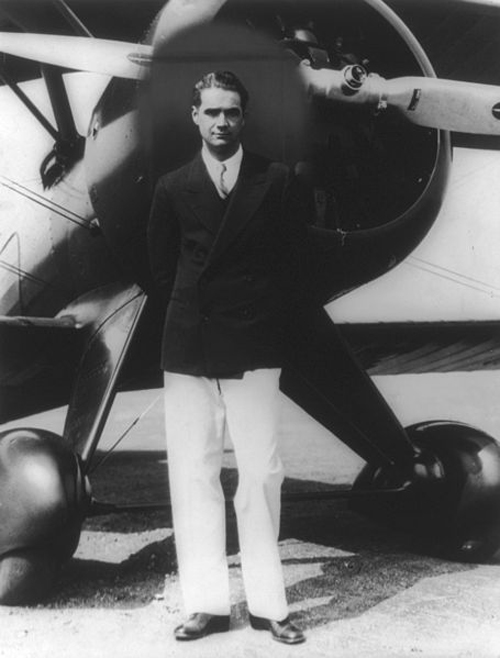
Frank Hawks and Charles and Anne Lindbergh all set cross-country records in the early 1930s.
They all, however, paled in comparison to the records that Howard Hughes set.
His biggest accomplishment was his 1937 flight from Los Angeles to Newark, which took him only 7 hours and 28 minutes.

